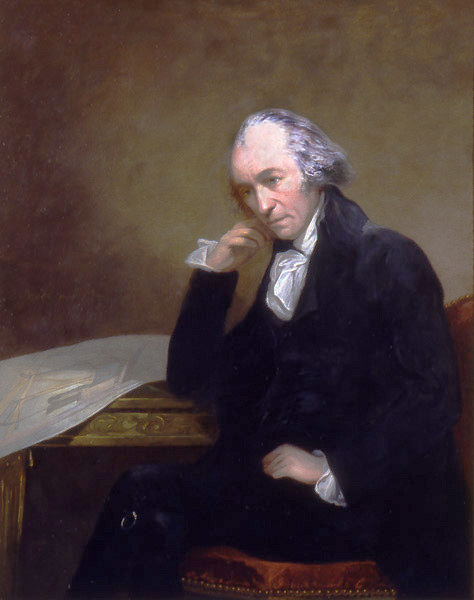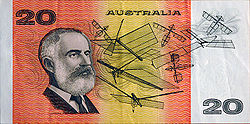She placed the stethoscope on my chest and listened for my Valentine. Thump-thump! Thump-thump! Yes, it was still working. No loss of enthusiasm after more than 50 years of 24/7 duty, pumping 80 gallons an hour and pounding out more than 80,000 beats a day, 30 million beats a year, one-and-a-half billion beats since an obstetrician in Hartford, Conn., pulled the starter cord on my 10-ounce body engine shortly before the first Sputnik launch.
"Any more questions?" the doctor asked as the exam was ending. With the world's favorite love holiday coming up three days hence, I couldn't resist: "Um...I know this sounds odd...how much does a Valentine heart look like a real heart?"
The doctor laughed. "A human heart is more oblong," she said. "There is a slight indentation at the top where the left and right sides meet, but not like in the Valentine version. I do wonder where that came from."
The human heart, as you won't see it on a Hallmark card.
My thought exactly. It turns out there are a few theories. The one I'd like to believe is that the shape comes from the seed of an extinct plant called a silphium (or laserwort), a giant fennel that is said to have been used as a seasoning, a medicine and—here's the clincher—a combination birth-control pill and aphrodisiac in ancient Greece, Rome, Egypt and India.
The image of one of the silphium's heart-shaped seeds (or rather, the fruit that contained a seed) was even embedded in the coins in the ancient Greek city of Cyrene (in present-day Libya), near where the plants grew wild and in abundance. Cyrene's economy was built on exporting silphium. The heart's image as a love symbol was built on silphium's role in fueling a sort of ancient free-love era. I'm not clear on how the seeds were used for birth control, but the juice of the silphium was consumed by mouth and/or applied via wool to the, uh, female reproductive epicenter.
Even though the seeds became worth their weight in silver, the plants vanished from the Earth in the first century A.D., a victim of overharvesting, overgrazing and the plant's stubborn resistance to being cultivated. According to Roman historian Pliny the Elder, the last plant was cut and sent to the emperor Nero as a "curiosity." Given Nero's reputation, I'm guessing he didn't just store it away in a curiosity cabinet.
Some people say it with diamonds, others with small candies that declare to the world, I (heart) LEDs (light emitting diodes).
Of course, the notion that the heart is the source of love and emotion has been disproven by science. Our brains actually run the show. But I (brain symbol) You seems a little, well cold-hearted. And who would go around describing himself—in a truly brain-felt confession, uttered with his brain on his sleeve—as brainbroken? Or, for that matter, taunt a guy whose girlfriend he'd just stolen by saying, "Hey, loser, eat your brain out!"
No, the heart symbol is with us to stay, and its history in literature, religion, bumper stickers and playing cards is worthy of a far deeper examination than I can provide in a short blog entry. But I will hold the silphium close to my heart as yet another example of how nature underlies so much of our language, symbols and beliefs.
The bleeding-heart produces some of the world's best natural Valentines.
Last Puzzler Answer:
The bottom of the Mariana Trench (the lowest spot on Earth) is 35,994 feet below the surface of the ocean. The peak of Mt. Everest (the highest spot) is 29,029 feet above sea level. So the trench wins this battle of extremes. Extra credit: The Mariana Trench is beneath the western Pacific Ocean, near Guam, so it is closer to Japan than it is to Chile or South Africa.
Map showing the Mariana Trench
Today's Puzzler:
What famous natural landmark in North America is constantly moving backwards?
Birthdays:
Thomas Edison, the unstoppable Ohio-born, Michigan-raised inventor who's credited with developing the phonograph, the movie camera and the light bulb (among hundreds of other items), would have been 164 years old today. Edison's light bulb may be less impressive than his creation of the commercial power industry that delivers electricity to our homes. Not all of his ideas worked out: He was sure that Americans would want to live in molded-concrete houses and devoted much effort to pursuing that vision; he even became a cement baron whose company produced the world's first concrete highways and the concrete for the original Yankee Stadium. As noted by writer Bill Bryson, when Edison turned his attention to military matters, he "predicted that he soon would be able to induce mass comas in enemy troops through 'electrically charged atomizers.' He also concocted a plan to build giant electromagnets that would catch enemy bullets in flight and send them back the way they had come."
Charles Darwin, the English naturalist who established the theory of evolution through natural selection, would have been 202 years old tomorrow. All subsequent science—from fossil evidence to DNA research, the work of tens thousands of the top experts in multiple fields—has substantiated and/or expanded the observations he laid out in On the Origin of Species. Keep in mind that in science a "theory" is not a crackpot guess at how something might work but a reasoned hypothesis that has been tested through the scientific method over time and proven to be true.
Fang Lizhi, the Chinese astrophysicist and dissident whose writings in the 1980s inspired the student pro-democracy movement and the Tiananmen Square protests, turns 75 tomorrow. Still a strong advocate of human rights and democracy—and astrophysics—he is now on the faculty at the University of Arizona.
Fang Lizhi























